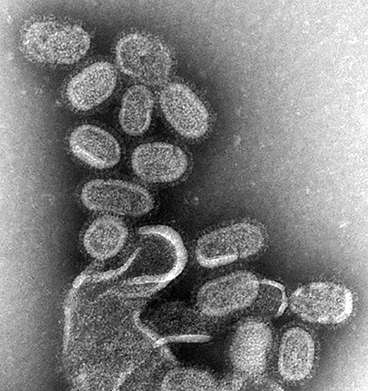
A team of researchers from the U.K., Australia and the U.S. has mapped the structure of the influenza A virus genome. In their paper published in the journal Nature Microbiology, the group describes their genetic analysis of the virus and what they learned.
As time passes, microbiologists and health officials worry that a future deadly strain of influenza will spread easily. Such a virus would likely result in a global pandemic, killing millions of people the world over. For that reason, scientists continue their study of the viruses behind influenza infections. In this new effort, the researchers have mapped the genetic structure of the influenza A virus—they note that such viruses pose a serious health threat.
By mapping its genetic structure, the researchers observed how its eight single-stranded RNA segments lock together. This is important because they are part of the means by which new viruses are formed. They note that viruses behind past pandemics have been created by reassortment, in which a virus that infects one species, such as a bird, swaps genes with a virus that infects individuals from another species, such as humans. Such swapping results in the creation of a virus with antigens that are new to a host, which will not have existing antibodies against it, leaving the host wide open for infection. The researchers note that the segments are contained in individual viral ribonucleoprotein complexes where they are packed together into single virus particles.
In learning more about how the segments lock together, researchers will be able to identify which viruses are compatible with other viruses, providing a watch list of sorts for future pandemic candidates.
The researchers note that their findings cannot be used to predict when a given pandemic is likely to occur. But knowing which viruses are more easily able to swap genes, it narrows down the possibilities, which could speed up the development of a vaccine. It could also help the people in charge of responding to a pandemic gauge how severe it is likely to be so they can take appropriate measures to stop its spread.

Leave a Comment